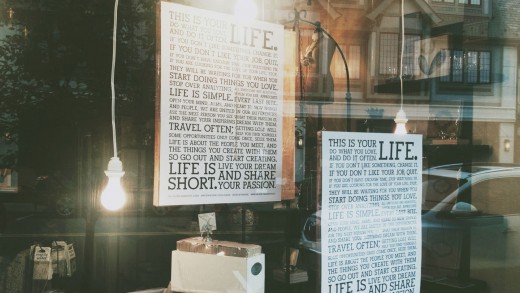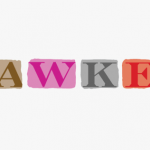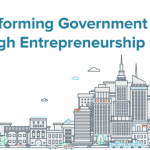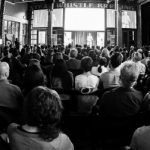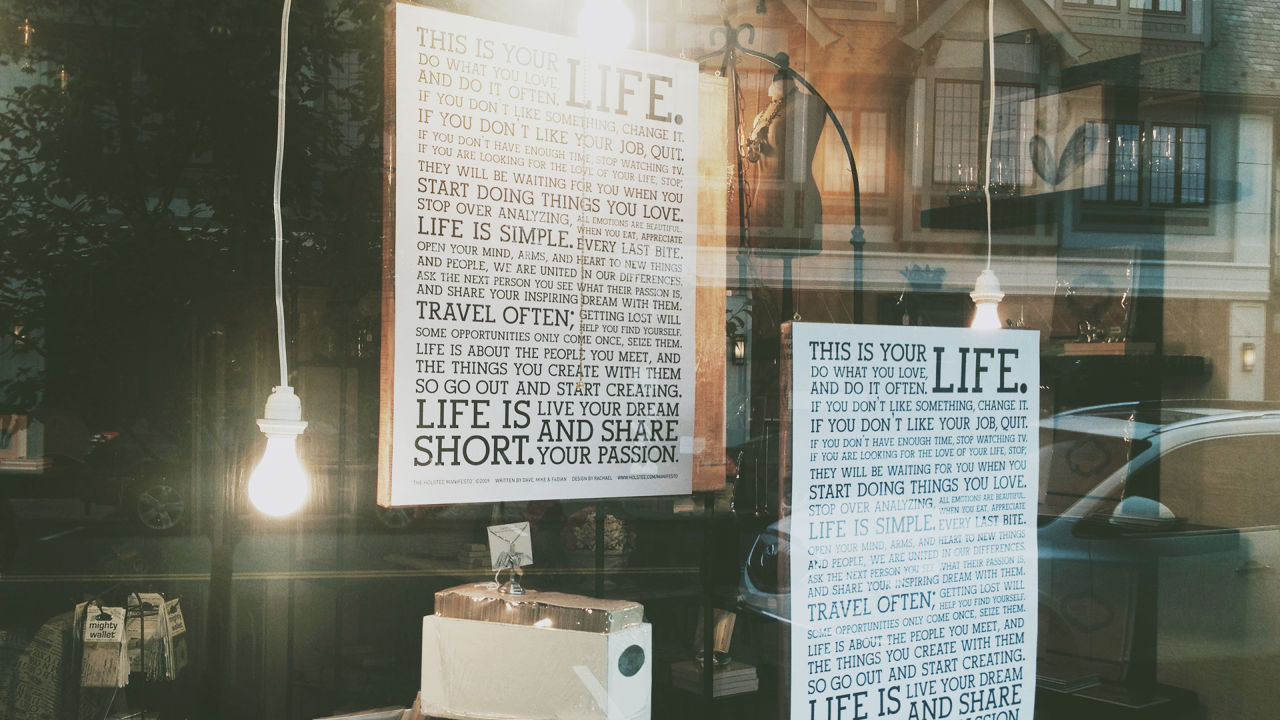A Startup id Conundrum: When Your Product Is Your Mission commentary
regular income: take a look at. Mission: check. community: take a look at. Product: ?
may just four, 2015
Holstee makes largely posters and greeting cards, nevertheless it started in 2009 with T-shirts. It has also experimented with artwork frames. And wallets produced from recycled plastic bags. It runs a $7/month subscription provider for art, brought to you on a greeting card with a stamp already connected. It additionally runs a “global movement” to encourage potluck dinners. It began an online journal last yr. and in addition hosts a talking sequence. as well as a category sequence on subject matters like creativity—launching on-line soon. It makes yoga mat bags. and likewise light fixtures. Its newest product is a “cubicle survival equipment” that features art, tea, and a miniature terrarium.
“i ponder, is that this standard? Is every firm like this?” asks co-founder Michael Radparvar when I meet with him in April. “In many ways, Holstee has been our own private incubator to try things.”
the answer isn’t any, Holstee just isn’t a customary startup. as a result of Holstee’s largest product, the item that allows it to test with yoga courses and potluck dinners, is its mission observation.
back in 2009, after Radparvar and his two cofounders (one in every of whom is his brother) stop their jobs to work on the T-shirt firm, they paused for a minute to write down why. You’ve almost certainly seen the end result. “this is your life,” it starts. “Do what you’re keen on, and do it often.”
They posted an artistically designed version on the company site, and what would soon transform referred to as the “Holstee Manifesto” went viral. After trying in vain to direct the incoming website online site visitors to their other merchandise, an intern at last mentioned, Radparvar remembers, “Guys, let’s simply make the fucking poster.” Ever considering, sales of the manifesto have made up 50% to ninety% of the corporate’s income.
Most firms start with a product that its founders consider in. Over time, the product adjustments, the crew builds income, and then eventually it will decide on a mission. this is how facebook, for example, went from a “sizzling or not” concept to a spot that states, “fb’s mission is to present people the facility to share and make the sector more open and linked.”
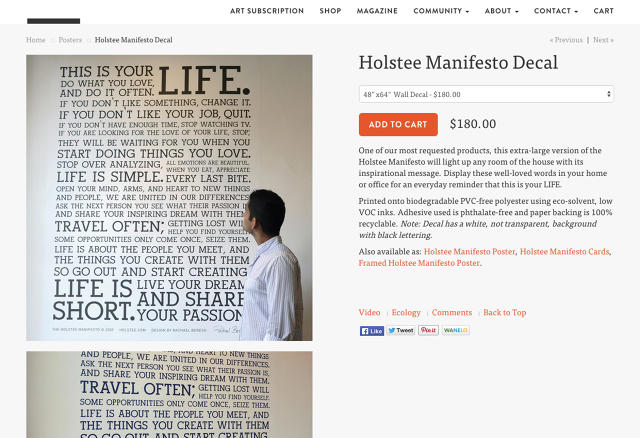
Holstee’s manifesto put the corporate in the reverse position. It had a steady income. It had a mission commentary that its buyers backed. however what did Holstee do?
The messages that rolled in—explaining how the manifesto had encouraged its authors to quit their jobs, propose, start one thing new, trip the world—applied a specific amount of drive. “i might hear people describe us as ‘Holstee, they make quite a few posters, but they’re so much more than a poster company,'” Radparvar says. “And i believe that was once all the time caught at the back of our head—’We’re so much more than a poster company’—that it’s like, well, in truth, what’s that? ‘a lot extra?’”
So Holstee didn’t just make posters. It made letterpress posters on cotton paper with nontoxic inks. It didn’t just make wallets. It partnered with a nonprofit to make wallets from recycled plastic picked off the streets of latest Dehli. It did not simply promote frames, however frames that it worked with an organization called city Ashes to make with reclaimed wooden from structures in Detroit. All of it—the classes, the publication—are an effort to live as much as the manifesto.
This hasn’t been a wildly profitable way. most of the 11-person firm’s experiments stay experiments. a quirky little lamp that Holstee not too long ago presented referred to as the Starlight Lantern, for example, was created and constructed by way of the corporate’s lead fashion designer. He made fewer than one hundred, and Holstee hasn’t decided whether or not it is going to be making extra (the web page is now not available on the web page). different objects that require resources to supply, like campfire chats and an internet journal, aren’t more likely to earn money. Some if truth be told have the alternative effect. The potluck venture encourages people to submit a photograph from potlucks they host to social media with the hashtag #holsteepotluck. once they do so (and Radparvar says about 150 have), Holstee donates $25 to FoodCorps, a nonprofit that objectives to improve kids’ nutrition via schools.
None of that is so different from efforts larger brands make to market themselves: content material, community, and social good—all swirling round a mission observation so that you could improve a product.
however on this case, the product is the mission. Holstee will not be a coffee firm that preaches world environmental consciousness however then sells hundreds of thousands of paper cups, or an immense field retailer that starts a food power from which its own low-paid employees benefit. when you’re selling the mission itself, there’s a chance to be authentic to an abnormal degree. “If we by no means had accomplished the dinners, if we by no means did the classes, and it used to be simply literally a landing page with the manifesto poster,” Radparvar says, “our intestine feeling is that people come and say, is that this any individual simply looking to capitalize on the message?”
In a technique, in different words, Holstee does have a clear center of attention on a product. And that product is Holstee.
Correction: An previous version of this article misstated Michael Radparvar’s title as CEO. he’s co-founder.
quick company , learn Full Story
(149)

